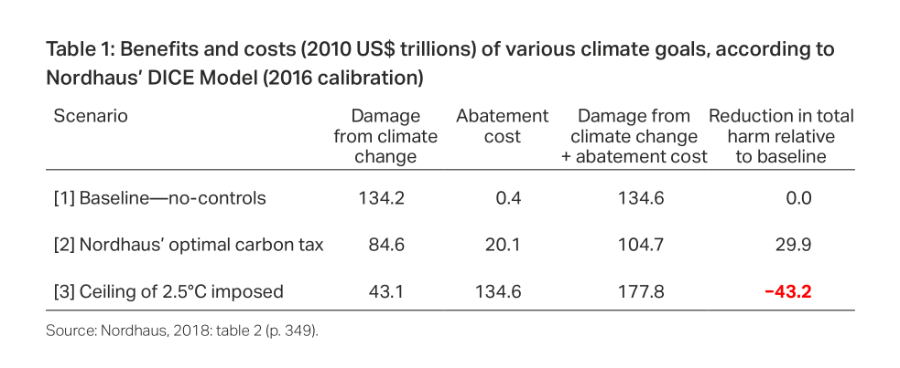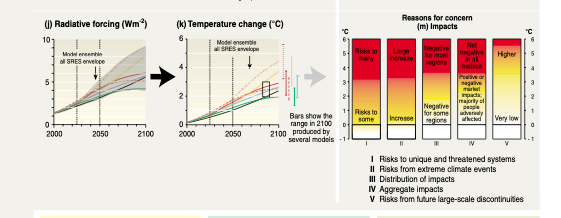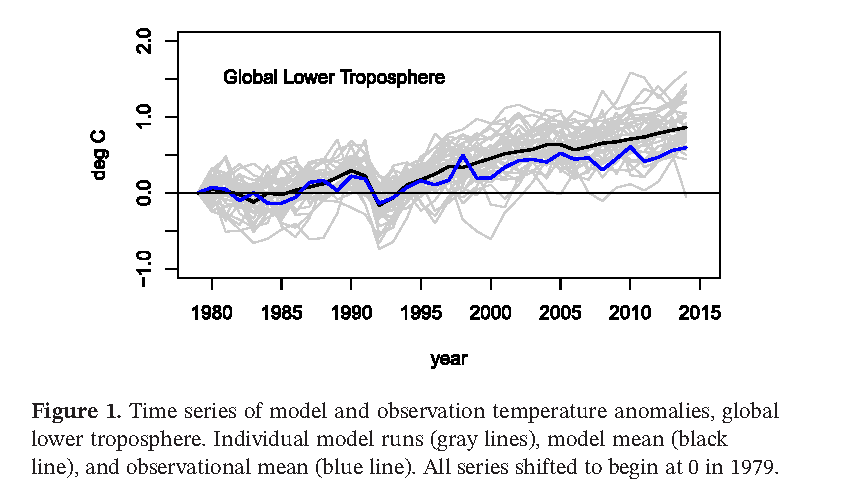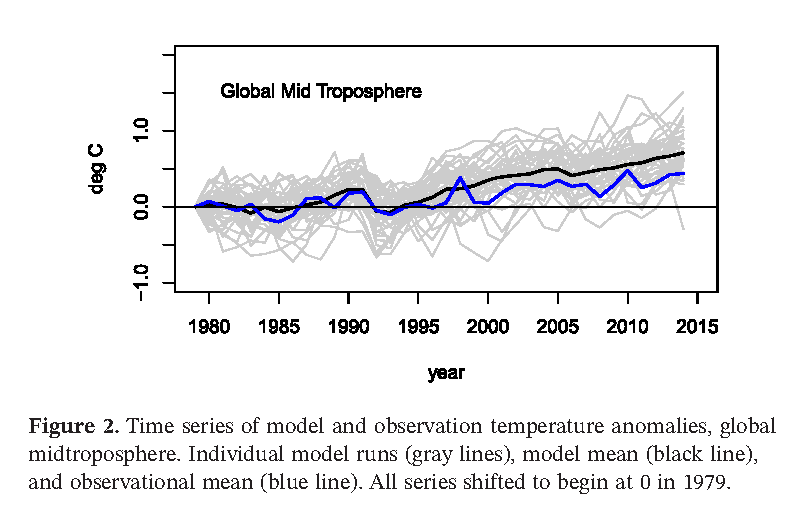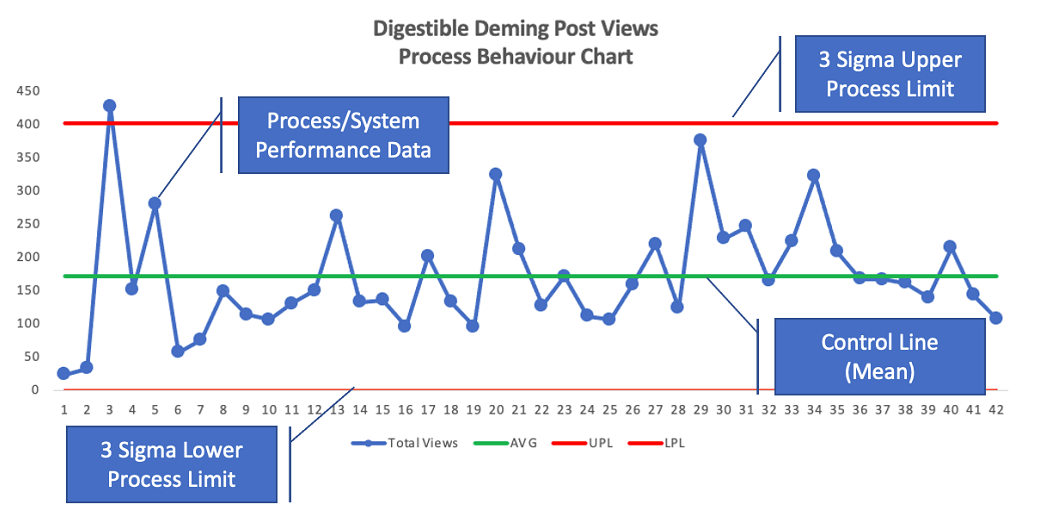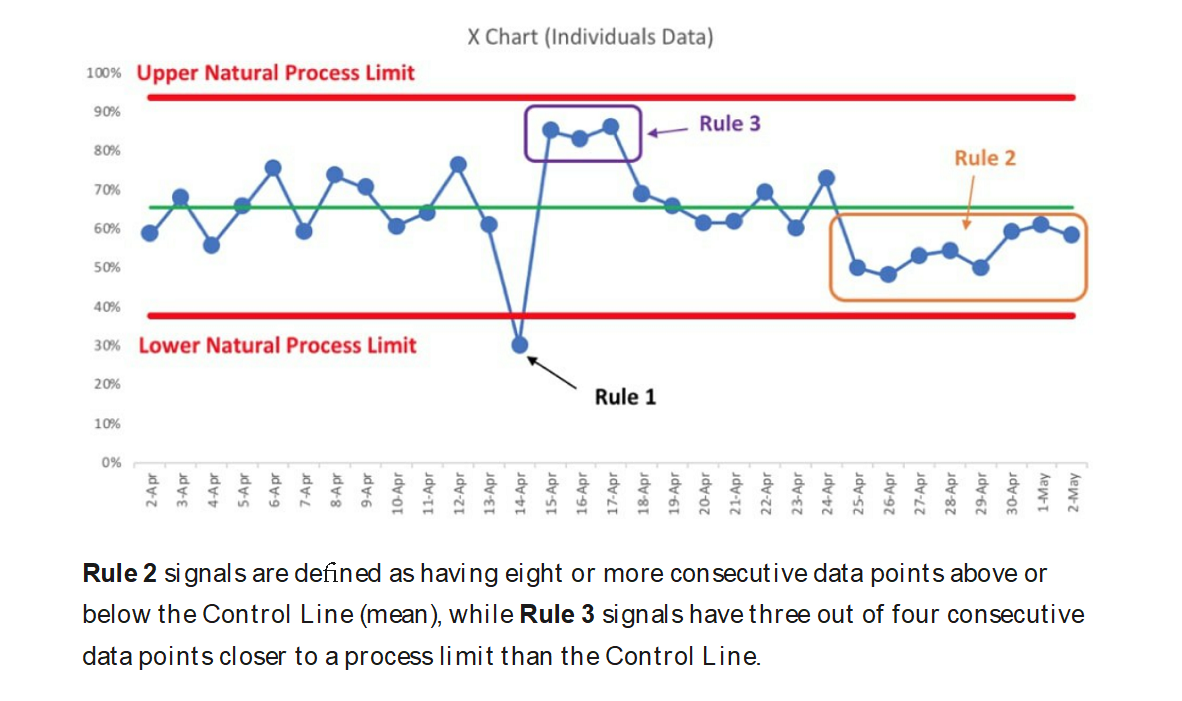Nikole Hannah-Jones' new book sidesteps scholarly critics while quietly deleting previous factual errors.
"I too yearn for universal justice," wrote Zora Neale Hurston in her autobiography, Dust Tracks on a Road, "but how to bring it about is another thing." The black novelist's remarks prefaced a passage where she grappled with the historical legacy of slavery in the African-American experience. Perhaps unexpectedly, Hurston informed her readers that she had "no intention of wasting my time beating on old graves with a club."
Hurston did not aim to bury an ugly past but to search for historical understanding. Her 1927 interview with Cudjoe Lewis, among the last living survivors of the 1860 voyage of the slave ship Clotilda, contains an invaluable eyewitness account of the middle passage as told by one of its victims. Yet Hurston saw only absurdity in trying to find justice by bludgeoning the past for its sins. "While I have a handkerchief over my eyes crying over the landing of the first slaves in 1619," she continued, "I might miss something swell that is going on in" the present day.
Hurston's writings present an intriguing foil to The New York Times' 1619 Project, which the newspaper recently expanded into a book-length volume. As its subtitle announces, the book aims to cultivate a "new origin story" of the United States where the turmoil and strife of the past are infused into a living present as tools for attaining a particular vision of justice. Indeed, it restores The 1619 Project's original aim of displacing the "mythology" of 1776 "to reframe the country's history, understanding 1619 as our true founding." This passage was quietly deleted from The New York Times' website in early 2020 just as the embattled journalistic venture was making a bid for a Pulitzer Prize. After a brief foray into self-revisionism in which she denied ever making such a claim, editor Nikole Hannah-Jones has now apparently brought this objective back to the forefront of The 1619 Project.
Vacillating claims about The 1619 Project's purpose have come to typify Hannah-Jones' argumentation. In similar fashion, she selectively describes the project as a work either of journalism or of scholarly history, as needed. Yet as the stealth editing of the "true founding" passage revealed, these pivots are often haphazardly executed. So too is her attempt to claim the mantle of Hurston. In a recent public spat with Andrew Sullivan, Hannah-Jones accused the British political commentator of "ignorance" for suggesting that "Zora Neale Hurston's work sits in opposition to mine." She was apparently unaware that Dust Tracks on a Road anticipated and rejected the premise of The 1619 Project eight decades prior to its publication.
On the surface, The 1619 Project: A New Origin Story (One World) expands the short essays from The New York Times print edition into almost 600 pages of text, augmented by additional chapters and authors. The unmistakable subtext is an opportunity to answer the barrage of controversies that surrounded the project after its publication in August 2019. "We wanted to learn from the discussions that surfaced after the project's publication and address the criticisms some historians offered in good faith," Hannah-Jones announces in the book's introduction, before devoting the majority of her ink to denouncing the blusterous critical pronouncements of the Trump administration after it targeted The 1619 Project in the run-up to the 2020 presidential election. Serious scholarly interlocutors of the original project are largely sidestepped, and factual errors in the original text are either glossed over or quietly removed.
While the majority of the public discussion around The 1619 Project has focused on Hannah-Jones' lead essay, its greatest defects appear in the Princeton sociologist Matthew Desmond's essay on "Capitalism." Hannah-Jones' writings provide the framing for the project, but Desmond supplies its ideological core—a political charge to radically reorient the basic structure of the American economy so as to root out an alleged slavery-infused brutality from capitalism.
Hannah-Jones' prescriptive call for slavery reparations flows seamlessly from Desmond's argument, as does her own expanded historical narrative—most recently displayed in a lecture series for MasterClass in which she attempted to explain the causes of the 2008 financial crisis by faulting slavery. "The tendrils of [slavery] can still be seen in modern capitalism," she declared, where banking companies "were repackaging risky bonds and risky notes…in ways [that] none of us really understood." The causal mechanism connecting the two events remained imprecise, save for allusions to "risky slave bonds" and a redesignation of the cotton industry as "too big to fail."
Making what appears to be a muddled reference to the Panic of 1837, she confidently declared that "what happened in 1830 is what happened in 2008." The claimed connection aimed to prove that the "American capitalist system is defined today by the long legacy and shadow of slavery." This racist, brutal system "offers the least protections for workers of all races," she said, and it thus warrants a sweeping overhaul through the political instruments of the state. To this end, Hannah-Jones appends an expanded essay to The 1619 Project book, endorsing a Duke University study's call for a "vast social transformation produced by the adoption of bold national policies."
"At the center of those policies," she declared, "must be reparations."
Uncorrected Errors
What are we to make of The 1619 Project's anti-capitalism in light of the new book's expanded treatment? For context, let's consider how Desmond handles the defects of his original argument.
In his quest to tie modern capitalism to slavery, Desmond began with a genealogical claim. Antebellum plantation owners employed double-entry accounting and record-keeping practices, some of them quite sophisticated. A more careful historian might note that such practices date back to the Italian banking families of the late Middle Ages, or point out that accounting is far from a distinctively capitalist institution. After all, even the central planners of the Soviet Union attempted to meticulously track raw material inputs, labor capacity, and multi-year productivity goals. Does this make the gulags a secret bastion of free market capitalism? Though seemingly absurd, such conclusions are the logical extension of Desmond's argument. "When an accountant depreciates an asset to save on taxes or when a midlevel manager spends an afternoon filling in rows and columns on an Excel spreadsheet," he wrote in the original newspaper edition, "they are repeating business procedures whose roots twist back to slave-labor camps."
Setting aside this unusual leap of logic, the claim rests upon a basic factual error. Desmond attributed this genealogy to the University of California, Berkeley, historian Caitlin Rosenthal's 2018 book on plantation financial record keeping, Accounting for Slavery. Yet Rosenthal warned against using her work as an "origin story" for modern capitalism. She "did not find a simple path," she wrote, by which plantation accounting books "evolved into Microsoft Excel." Desmond, it appears, made a basic reading error.
When I first pointed out this mistake to Jake Silverstein, the editor in chief of The New York Times Magazine, in early 2020, he demurred on making any correction. After consulting with Rosenthal, the Times passed off this inversion of phrasing as an interpretive difference between the two authors. In the new book version of Desmond's essay, the troublesome Microsoft Excel line disappears without any explanation, although Desmond retains anachronistic references to the plantation owners' "spreadsheets." As with other controversies from The 1619 Project, the revisions pair a cover-up of an error with haphazard execution.
This pattern persists and compounds through the meatier parts of Desmond's expanded thesis. His original essay singles out American capitalism as "peculiarly brutal"—an economy characterized by aggressive price competition, consumerism, diminished labor union power, and soaring inequality. This familiar list of progressive grievances draws on its own array of suspect sources. For example, Desmond leans heavily on the empirical work of the U.C. Berkeley economists Emmanuel Saez and Gabriel Zucman to depict a society plagued by the growing concentration of wealth among the "top 1 percent." Data from the Federal Reserve suggest that these two authors exaggerate the rise in wealth concentration since 1990 by almost double the actual number. Desmond's own twist is to causally link this present-day talking point with the economic legacy of slavery.
To do so, he draws upon recent statistical analysis that showed a 400 percent expansion in cotton production from 1800 to 1860. In Desmond's telling, this growth stems from the capitalistic refinement of violence to extract labor out of human chattel. "Plantation owners used a combination of incentives and punishments to squeeze as much as possible out of enslaved workers," he declared—a carefully calibrated and systematized enterprise of torture to maximize production levels. In the original essay, Desmond sourced this thesis to Cornell historian Edward E. Baptist, whose book The Half Has Never Been Told essentially revived the old "King Cotton" thesis of American economic development that the Confederacy embraced on the eve of the Civil War. Baptist's book is a foundational text of the "New History of Capitalism" (NHC) school of historiography. The 1619 Project, in turn, leans almost exclusively on NHC scholars for its economic interpretations.
But Baptist's thesis fared poorly after its publication in 2014, mainly because he misrepresented the source of his cotton growth statistics. The numbers come from a study by the economists Alan L. Olmstead of the University of California, Davis, and Paul W. Rhode, then with the University of Arizona, who empirically demonstrated the 400 percent production increase before the Civil War but then linked it to a very different cause. Cotton output did not grow because of refinements in the calibrated torture of slaves, but rather as a result of improved seed technology that increased the plant's yield. In 2018, Olmstead and Rhode published a damning dissection of the NHC literature that both disproved the torture thesis and documented what appear to be intentional misrepresentations of evidence by Baptist, including his treatment of their own numbers. Olmstead and Rhode in no way dispute the horrific brutality of slavery. They simply show that beatings were not the causal mechanism driving cotton's economic expansion, as the NHC literature claims.
As with Desmond's other errors, I brought these problems to the attention of Silverstein with a request for a factual correction in late 2019. Almost two years later I finally received an answer: Desmond replied that "Baptist made a causal claim linking violence to productivity on cotton plantations," whereas his "article did not make such a casual [sic] claim." I leave the reader to judge the accuracy of this statement against The 1619 Project's original text, including its explicit attribution of the argument to Baptist.
Even more peculiar is how Desmond handled the "calibrated torture" thesis in the book edition. In the paragraph where he previously named Baptist as his source, he now writes that "Alan Olmstead and Paul Rhode found that improved cotton varieties enabled hands to pick more cotton per day." But this is far from a correction. Desmond immediately appends this sentence with an unsubstantiated caveat: "But advanced techniques that improved upon ways to manage land and labor surely played their part as well." In excising Baptist's name, he simply reinserts Baptist's erroneous claim without attribution, proceeding as if it has not meaningfully altered his argument.
In these and other examples, we find the defining characteristics of The 1619 Project's approach to history. Desmond and Hannah-Jones initiate their inquiries by adopting a narrow and heavily ideological narrative about our nation's past. They then enlist evidence as a weapon to support that narrative, or its modern-day political objectives. When that evidence falters under scrutiny, The 1619 Project's narrative does not change or adapt to account for a different set of facts. Instead, its authors simply swap out the discredited claim for another and proceed as if nothing has changed—as if no correction is necessary.
Ignoring the Fact-Checkers
We see the same pattern in how Hannah-Jones handles the most controversial claim in the original 1619 Project. Her opening essay there declared that "one of the primary reasons the colonists decided to declare their independence from Britain was because they wanted to protect the institution of slavery." In early 2020, Silverstein begrudgingly amended the passage online to read "some of the colonists" (emphasis added) after Northwestern University historian Leslie M. Harris revealed that she had cautioned Hannah-Jones against making this claim as one of the newspaper's fact-checkers, only to be ignored.
The ensuing litigation of this passage across editorial pages and Twitter threads unintentionally revealed an unsettling defect of the Times' venture. The 1619 Project was not a heterodox challenge to conventional accounts of American history, as its promotional material insinuated. An endeavor of this sort could be commendable, if executed in a scholarly fashion. Instead, the original essays by Hannah-Jones and Desmond betray a deep and pervasive unfamiliarity with their respective subject matters.
When subject-matter experts pointed out that Hannah-Jones exaggerated her arguments about the Revolution, or that Britain was not, in fact, an existential threat to American slavery in 1776 as she strongly suggested (the British Empire would take another 58 years before it emancipated its West Indian colonies), she unleashed a barrage of personally abusive derision toward the critics. Brown University's Gordon S. Wood and other Revolutionary War experts were dismissed as "white historians" for questioning her claims. When Princeton's James M. McPherson, widely considered the dean of living Civil War historians, chimed in, Hannah-Jones lashed out on Twitter: "Who considers him preeminent? I don't."
The 1619 Project did not simply disagree with these subject-matter experts. Its editors and writers had failed to conduct a basic literature review of the scholarship around their contentions, and subsequently stumbled their way into unsupported historical arguments. While some academic historians contributed essays on other subjects, none of The 1619 Project's feature articles on the crucial period from 1776 to 1865 came from experts in American slavery. Journalists such as Hannah-Jones took the lead, while highly specialized topics such as the economics of slavery were assigned to nonexperts like Desmond, whose scholarly résumé contained no prior engagement with that subject.
The book's revised introduction is less a corrective to the defects of the original than a mad scramble to retroactively paint a scholarly veneer over its weakest claims. Hannah-Jones leans heavily on secondary sources to backfill her own narrative with academic footnotes, but the product is more an exercise in cherry-picking than a historiographical analysis.
Consider the book's treatment of Somerset v. Stewart, the landmark 1772 British legal case that freed an enslaved captive aboard a ship in the London docks. Hannah-Jones appeals to the University of Virginia historian Alan Taylor, who wrote that "colonial masters felt shocked by the implication" of the case for the future of slavery in North America. Yet Taylor's elaboration focused narrowly on the case's negative reception in Virginia, while Hannah-Jones generalizes that into a claim that "the colonists took the ruling as an insult, as signaling that they were of inferior status" and threatening their slave property. Curiously missing from her discussion is the not-insignificant reaction of Benjamin Franklin, who complained to his abolitionist friend Anthony Benezet that Somerset had not gone far enough. Britain, he wrote, had indulged a hypocrisy, and "piqued itself on its virtue, love of liberty, and the equity of its courts, in setting free a single negro" while maintaining a "detestable commerce by laws for promoting the Guinea trade" in slaves.
To sustain her contention that a defense of slavery weighed heavily on the Revolutionary cause, Hannah-Jones now latches her essay to the University of South Carolina historian Woody Holton—a familiar secondary source from graduate school seminars who appears to have crossed her path only after the initial controversy. Since its publication, Holton has united his efforts with The 1619 Project, focusing in particular on Lord Dunmore's proclamation of 1775 to argue that the document's promise of emancipation to the slaves of rebellious colonists had a galvanizing effect on the American cause.
Dunmore's decree—which offered freedom to slaves who fought for the crown—came about as a move of desperation to salvage his already-faltering control over the colony of Virginia. Holton and Hannah-Jones alike exaggerate its purpose beyond recognition. Holton has taken to calling it "Dunmore's Emancipation Proclamation," hoping to evoke President Abraham Lincoln's more famous document, and The 1619 Project book repeats the analogy. But all sense of proportion is lost in the comparison. Lincoln's measure, though military in nature, reflected his own longstanding antislavery beliefs. It freed 50,000 people almost immediately, and extended its reach to millions as the war progressed. Dunmore, by contrast, was a slaveowner with a particularly brutal reputation of his own. His decree likely freed no more than 2,000 slaves, primarily out of the hope that it would trigger a broader slave revolt, weaken the rebellion, and allow him to reassert British rule with the plantation system intact. Hannah-Jones also haphazardly pushes her evidence beyond even Holton's misleading claims. "For men like [George] Washington," she writes, "the Dunmore proclamation ignited the turn to independence." This is a curious anachronism, given that Washington assumed command of the Continental Army on June 15, 1775—some five months before Dunmore's order of November 7, 1775.
Fringe Scholars and Ideological Cranks
The same self-defeating pairing of aggressive historical claims and slipshod historical methodology extends into Desmond's expanded essay. Moving its modern-day political aims to the forefront, Desmond peddles a novel theory about the history of the Internal Revenue Service. "Progressive taxation remains among the best ways to limit economic inequality" and to fund an expansive welfare state, he asserts. Yet in Desmond's rendering, again invoking debunked statistical claims from Saez and Zucman, "America's present-day tax system…is regressive and insipid." The reason? He contends that the IRS is still hobbled by slavery—a historical legacy that allegedly deprives the tax collection agency of "adequate financial backing and administrative support."
It is true that slavery forced several compromises during the Constitutional Convention, including measures that constrained the allocation of the federal tax burden across the states. Yet Desmond's rendering of this history borders on incompetence. He declares that the Constitution's original privileging of import tariffs "stunted the bureaucratic infrastructure of the nation"—apparently oblivious to the fact that Alexander Hamilton's Treasury Department set up one of the first true national bureaucracies through the federal customs house system. To Desmond, the United States was a relative latecomer to income taxation because of a reactionary constitutional design that impeded democratic pressures for redistribution in the late 19th century. This too is in error. In fact, comparative analyses of historical tax adoption strongly suggest that less democratic countries with lower levels of enfranchisement were the first movers in the international shift toward income taxation. When the U.S. Congress passed the 16th Amendment in 1909 to establish a federal income tax, the first wave of ratifications came from the states of the old Confederacy, who saw it as a means of transferring the federal tax burden onto the Northeast.
At this point, Desmond's narrative veers from the fringes of academic discourse into ideological crankery. After a misplaced causal attribution of 19th century development to the economic prowess of King Cotton, he turns his attention to what he sees as the true fault of American slavery: It allegedly enabled "capitalists" to leverage race "to divide workers—free from unfree, white from Black—diluting their collective power." This fracture among an otherwise natural class-based alliance is said to have impeded the emergence of a strong and explicitly socialistic labor movement in the United States, leading to "conditions for worker exploitation and inequality that exist to this day."
Desmond's theory makes sense only if one accepts the historical methodology of hardcore Marxist doctrine. History is supposed to progress toward the ascendance of the laboring class; thus, any failure of the proletarian revolution to materialize must arise from some ruling-class imposition. To Desmond, that imposition is slavery: "What should have followed [industrialization], Karl Marx and a long list of other political theorists predicted, was a large-scale labor movement. Factory workers made to log long hours under harsh conditions should have locked arms and risen up against their bosses, gaining political power in the formation of a Labor Party or even ushering in a socialist revolution."
After waxing about the "democratic socialism" of European welfare states, Desmond thus laments that "socialism never flourished here, and a defining feature of American capitalism is the country's relatively low level of labor power." This he considers slavery's legacy for the present day.
This thesis is bizarre, not to mention historically tone-deaf. The 19th century abolitionist rallying cry of "free soil, free labor, free men" reflected an intellectual alliance between free market theory and emancipation. Nowhere was this more succinctly captured than in the words of pro-slavery theorist George Fitzhugh, who declared in 1854 that the doctrine of laissez faire was "at war with all kinds of slavery."
Desmond's historical narrative is not original to The 1619 Project. It revives a line of argument first made in 1906 by the then-Marxist (and later National Socialist) philosopher Werner Sombart. Asking why socialism never took hold in the United States, Sombart offered an answer: "the Negro question has directly removed any class character from each of the two [American political] parties," causing power to allocate on geographic rather than economic lines. Desmond both credits and expands upon Sombart's thesis, writing: "As Northern elites were forging an industrial proletariat of factory workers…Southern elites…began creating an agrarian proletariat." Slavery's greatest economic fault, in this rendering, was not its horrific violation of individual liberty and dignity but its alleged intrusion upon a unified laboring class consciousness.
The great tragedy of the original 1619 Project was its missed opportunity to add detail, nuance, and reflection to our historical understanding of slavery and its legacy. That opportunity was lost not upon publication but in the aftermath, when The New York Times met its scholarly critics with insult and derision. The ensuing controversies, initially confined to Hannah-Jones' and Desmond's essays, came to overshadow the remainder of the project, including its other historical contributions as well as its literary and artistic sections.
The book version continues down this path, obscuring existing errors through textual sleights of hand and compounding them with fringe scholarship. The unifying theme of it all is not historical discovery or retrospection, but the pursuit of political power: less a historical reimagining of slavery's legacy than an activist manual for taxation and redistribution. Here again, Hurston's words offer a fitting warning to those who would rectify the injustices of the past with the politics of the present: "There has been no proof in the world so far that you would be less arrogant if you held the lever of power in your hands.""
